
Almost half a year after being officially unveiled, how has the Google Pixel 7 Pro fared? Here’s how the biggest and potentially best Made by Google smartphone is holding up.
9to5Google has a rebooted newsletter that highlights the biggest Google stories with added commentary and other tidbits. Sign up here!
Google has not only enhanced the Pixel 6 Pro, listened to complaints, and fixed the lingering issues. As far as iterations go, it’s very minor. From the design to the internals, this is a half step, but it results in a better package in almost every regard.
Table of contents
Thanks to Casetify for sponsoring 9to5Google on YouTube!
Design and hardware
I’ve had compliments and questions from friends and relatives that regularly do not care about tech or smartphones in general. The refreshed design also makes the Pixel 7 Pro stand out in the crowd. This is something I really like, but I would love a few more high-quality accessories. We’re getting there slowly, but the Pixel series is still fairly niche even in an area that has a high proportion of owners.
There’s a fusion of several influences and while I do agree that – like the Pixel 6 Pro – the Pixel 7 Pro feels very “Samsung,” the changes to the camera bar are welcome. Sadly, while the metal band is likely to deflect damage to the camera system, it has proven easy to scratch and scuff. Because it protrudes outwards, I find that without a case I catch it on pockets and zippers. A good adhesive protector layer does help reduce this alongside a good case. I have been switching between the official Hazel Pixel case and Moment case and find the latter provides better edge protection, which is going to help increase longevity.

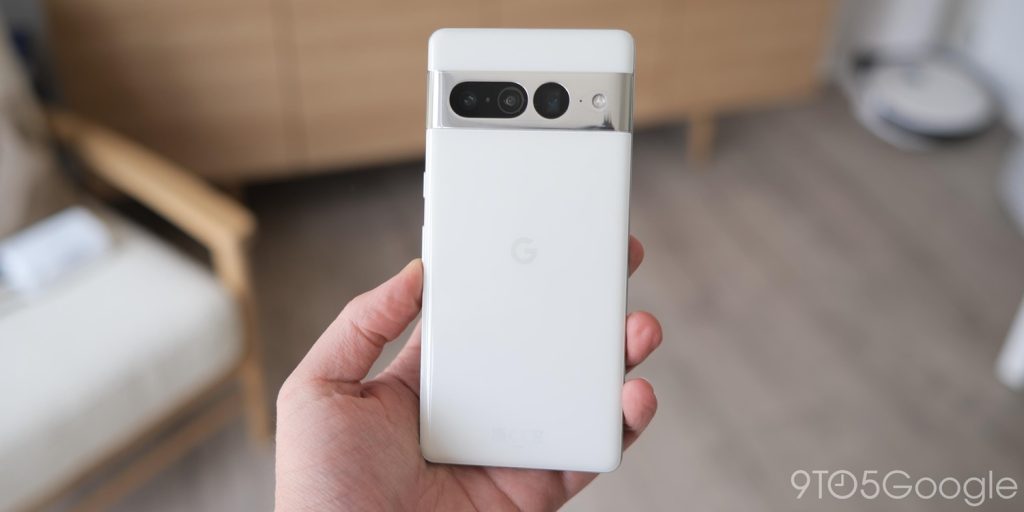
One of the main points here is that the build quality feels like a further step forward. Even after some serious usage, I can’t say I have any problems. We all know that Google’s quality control has been a major point of contention since the birth of the Pixel lineup. Rough edges are proving to be less of a problem this time around and the fit and finish are getting closer to the likes of the Galaxy S series and iPhone.
Sure, it’s not quite there but baby steps in the right direction is still progress. I do think that the very edges of the device can feel a little thin at times. My colleagues Ben Schoon and Abner Li very much agree with that sentiment. A good case helps reduce this though so that is certainly a nitpick on my part.
Ordinarily, I tend to stick to the smaller Pixel devices. This is the first year where I have regularly switched between the Pixel 7 and the larger Pixel 7 Pro every four to five weeks. There are a number of reasons for this. Most notably I love that I can tune down the screen of the Pro model to 1080p to help eke out a few more hours of daily usage. Plus the slightly softer curves make this screen easier to use. I’m actually pretty indifferent to curved screens. Google made the right choice in flattening things out as it means better usability.

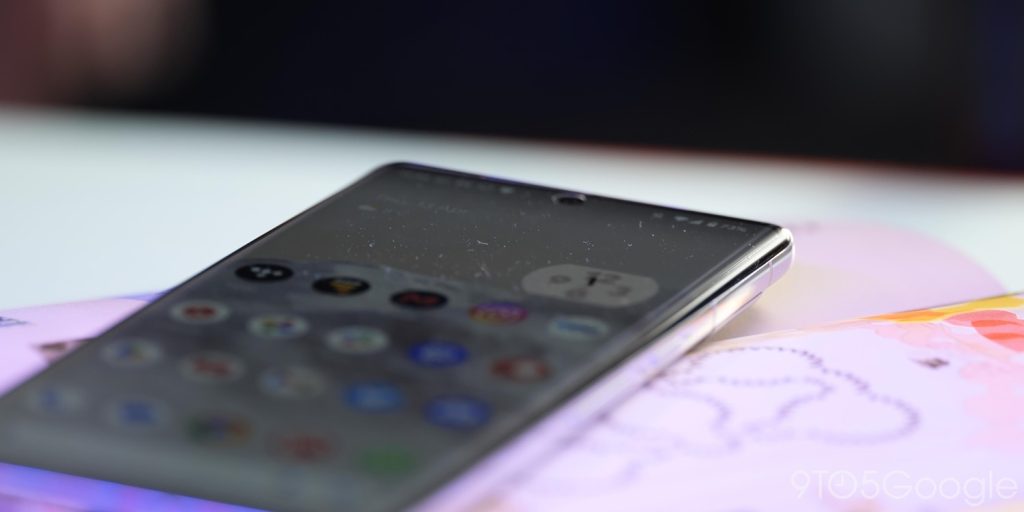
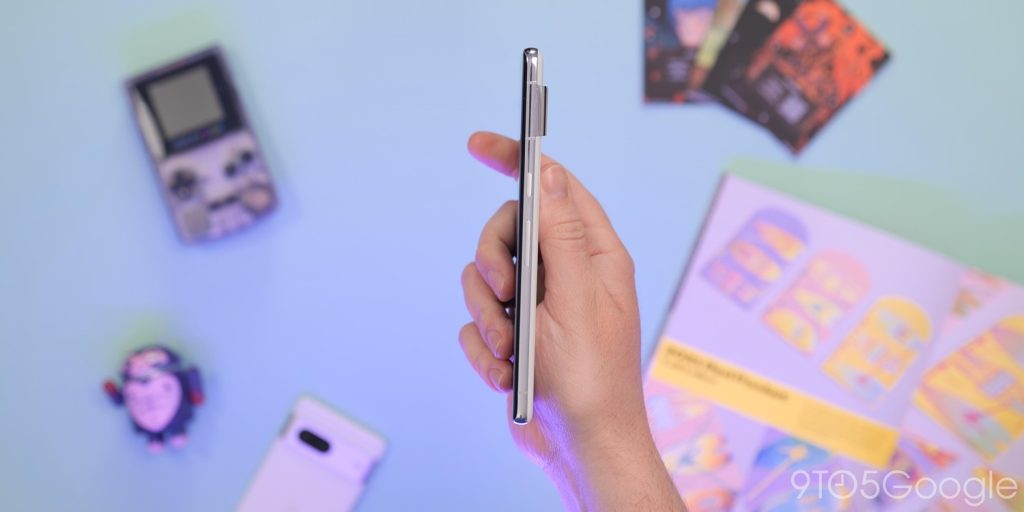
The display itself is truly exceptional. It isn’t quite the best on Android, but it’s well-calibrated, and has that improved 1500 nit maximum brightness. The 120Hz refresh rate makes all on-device content smooth and cohesive. Some apps are still capped at 60Hz including Google Maps and several video calling services. I still think that using the “Force peak refresh rate” toggle in Developer options is a must as the adaptive framerate can make things feel slower or less fluid here and there.
One minor change that makes a big difference for me is the slight shift of the power and volume buttons downward by just a few millimeters. It just feels “right” and hand gymnastics are no longer needed.
A complaint that still holds up regarding the screen is the hollow feeling when tapped. This has zero effect on how the screen runs or looks, but it is noticeable if you heavily bump the panel and expect a solid glass feel. Haptic buzzes help alleviate this when you’re interacting with the Pixel 7 Pro. At one time the haptic feedback would be the best on Android, and while excellent, Oppo and OnePlus are the market leaders in that regard.
Software and performance
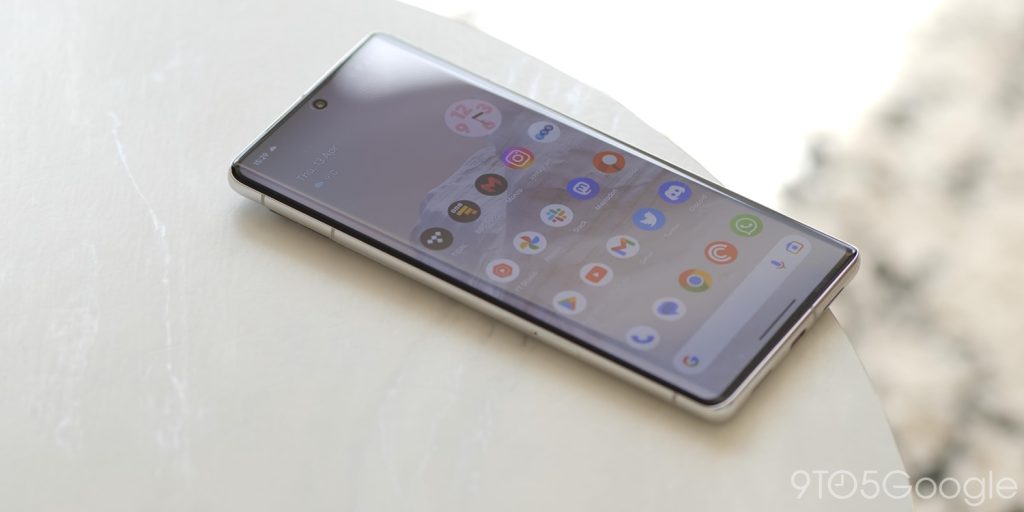
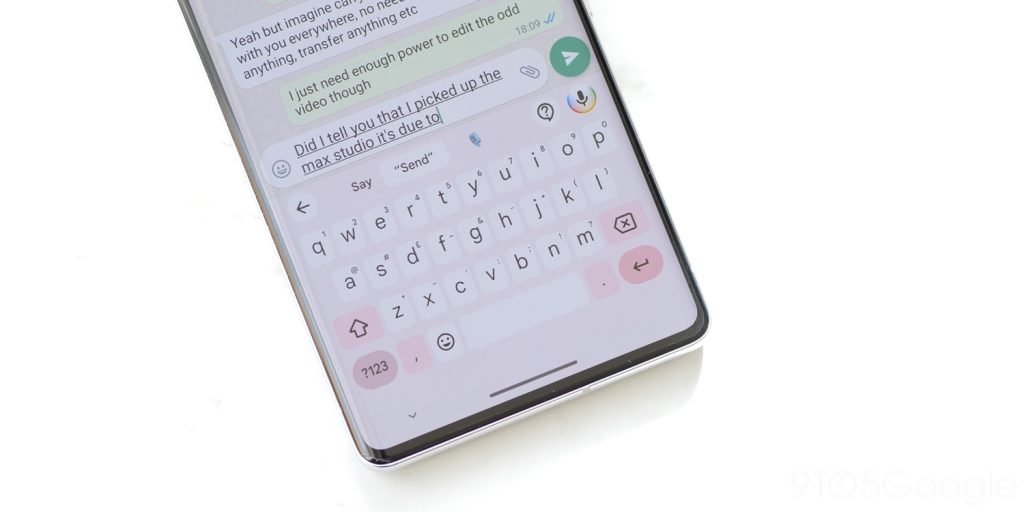
Since its launch, Google has pushed several updates to the Pixel 7 Pro and many of these patches and OTA have squashed bugs and nitpicks. The annoying update delays that seem to plague Tensor-powered phones still linger but waiting a week for device-improving updates seems like a fair compromise. You might feel otherwise, but even with these annoying delays, Pixel owners remain at the front of the queue for the latest Android builds – including the upcoming Android 14 release.
Android 13 has steadily been tuned and tweaked since August 2022. If you like Google’s lean builds with a heavy emphasis on Material You then the Pixel 7 Pro is simply the best way to enjoy Android. Sure, the Tensor G2 processor is not the best of the best. Although it’s not at the top of the charts. it is still razor-sharp and blazes through the basics and then some. In somewhat of a contradiction, I must also admit that even with supposed 60% performance gains, I can’t honestly say I can notice a difference between the Pixel 6 Pro and the Pixel 7 Pro even when side by side. It has been more than good enough for my needs and I’m sure 99.9% of Android fans, too.
Tensor is sold on machine-learning-based processing and tasks. This includes natural and real-time language and image processing. At launch, this seemed impressive, but we’ve seen the raw power of the Snapdragon 8 Gen 2 can surpass these touted benefits. Does that mean the 5nm-based chip is bad? I’d argue no. Some would certainly say otherwise and that is a fair complaint.
What is a problem is the heat management of Google’s chipset. It can get hotter than the competition, which is annoying as this can cause thermal throttling, or worse, it prevents the ability to record 4K 60fps video for periods longer than 10 minutes. This is a marked improvement over the first-generation Tensor processor but not enough in our eyes.
The volume of complaints we saw regarding the Pixel 6 series in-display fingerprint scanner was quite staggering. Google has addressed this with the Pixel 6a, Pixel 7, and 7 Pro with a completely different in-display reader. Thankfully it means that unlocks are more reliable, but it would be nice to get a bit of a speed boost in future models.
By no means would we call the new scanner “slow.” It’s just a few steps behind similar readers from OnePlus, Xiaomi, Oppo, and even Samsung even with multiple performance-related updates. I like the return of Face Unlock and while it’s fast and fluid, I do prefer the in-display reader now that certain issues have been resolved. It’s just another option and shows that Google is listening to criticisms and ensuring that everyone is catered for.
Camera performance and flexibility
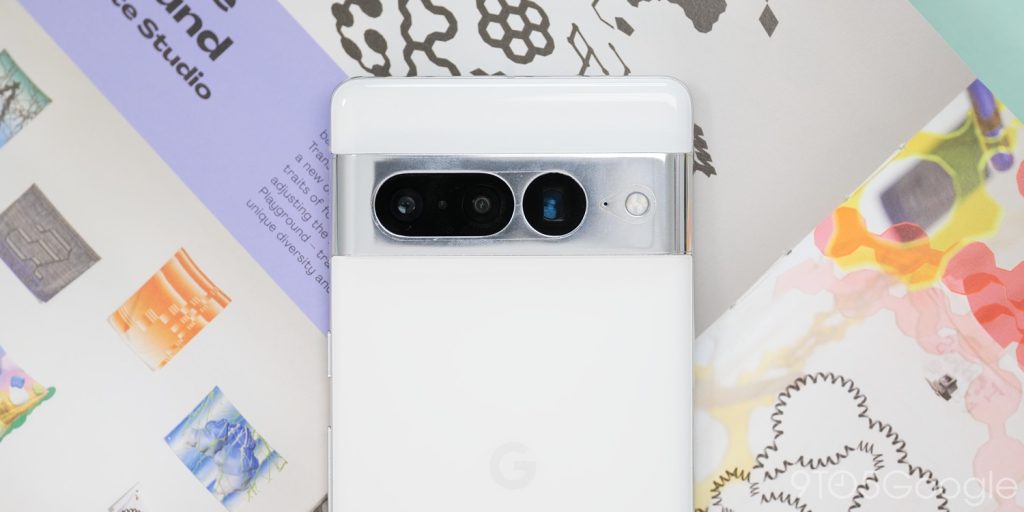
After last year’s upgrades, it feels like Google has settled in and is starting to get the most from the ISOCELL GN1. Throw in the upgraded 5x periscope zoom and the improved 2x digital crop using the main sensor and pictures take a minor but notable step up over the Pixel 6 series.
The enhanced zoom means that you’ll get better pictures at all ends of the focal range. I’m using photos at 10x and above more regularly and the oversharpening that we saw last year has been reduced substantially. What is interesting is just how much of the processing seems to take place after the shutter has been pressed. I’ve found that this has been increasing year over year. HDR is sometimes a little aggressive. This often appears as blooming around a subject, but this isn’t a common occurrence in my experience.
Edge detection when using the Portrait mode also needs a little more tuning. In most cases, it’s clean, accurate, and the fake bokeh effect is tremendous. Increasingly I am starting to see smearing and odd blurring around subject and object edges. In those instances, the natural depth effect using the 5x zoom can achieve a more natural blur effect.
The ultrawide camera lens is still the weakest you’ll find on this flagship, but the color tuning means that no matter which lens you use images are consistent and color accurate. That’s something that I find infuriating with other OEM camera systems. It’s jarring and can ruin otherwise good lenses. There is a certain style and aesthetic on Pixel that is hard for devices to replicate. Exposure is almost always perfect with superb dynamic range and the large sensor means that the natural depth of field is always pleasing to my eye.
Real Tone continues to be one of the most underrated camera tuning features. It’s amazing to have a pocketable camera that always accurately exposure various skin tones and it’s only improving in more lighting and shooting conditions. One reason I always carry a Pixel for photos is simply that no other phone can handle moving subjects as well.
I have enjoyed the double-use of the ultrawide and telephoto to enable macro shots. Not only is this a good use of the already available lens systems, but it also prevents the addition of redundant or barely used hardware that most people will never utilize. Macro Focus is more than acceptable, and it has been improved slowly even if I have used it merely to try it out rather than for anything truly useful.
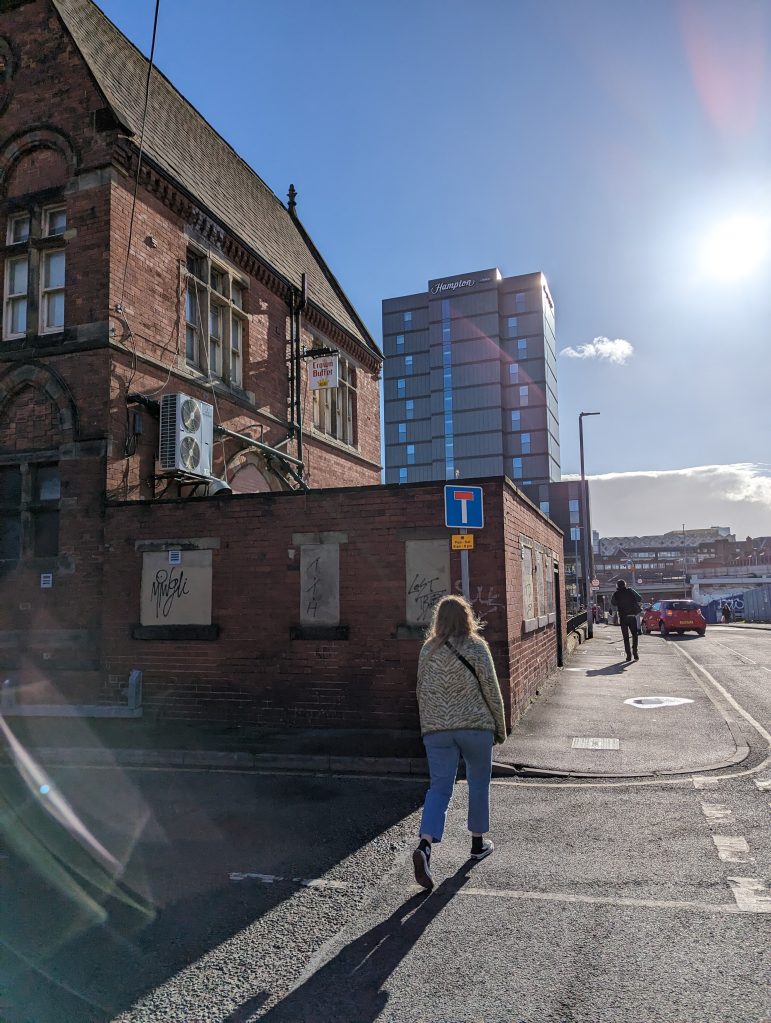




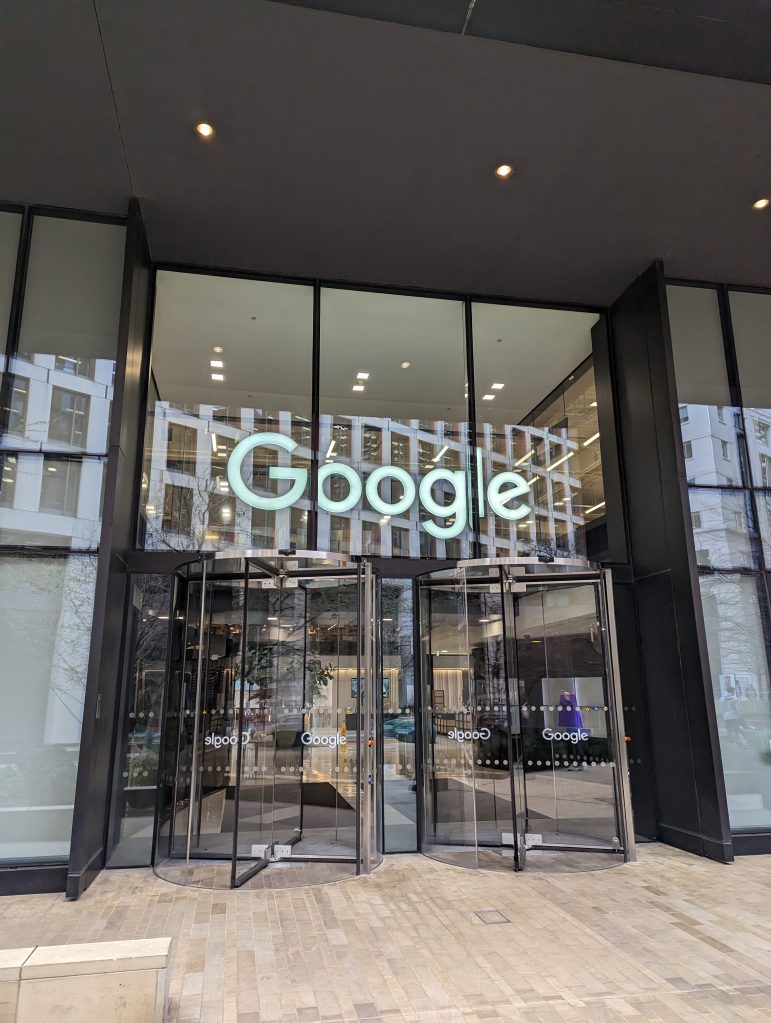
Surely it would have been a better usage of resources to try and implement a dedicated Pro Mode for the Pixel 7 Pro camera? I’m confused as to why the option is still sorely lacking on Pixel phones and it continues to be a glaring omission. Having full manual controls is not for everyone but it would be nice if we had a Google equivalent of the Expert RAW app that Samsung Galaxy phones have.
The video modes are not what I would call plentiful, and it’s somewhat disappointing that moving images are still far behind the stills modes on Pixel phones. There are improvements, contrast and color reproduction are a major step up once again. I’m itching though to see Google properly apply some of the computational processing excellence to video modes and although the OIS and EIS are bordering exceptional the overheating issues when shooting more than 10 minutes of 4K 60fps footage ruin the forward steps.
That’s not all as sometimes you’ll get artefacts and focus tracking isn’t always perfect in all modes, but that could easily be fixed with a Google Camera update – provided that Google is aware of the problems. Cinematic mode isn’t anything new on a smartphone, and while it’s nice to see Google try and offer portrait mode for video, it just doesn’t quite work unless you’re filming something static and the 1080p cap makes it fun for a little bit but nothing more than a brief folly.
Battery life and charging
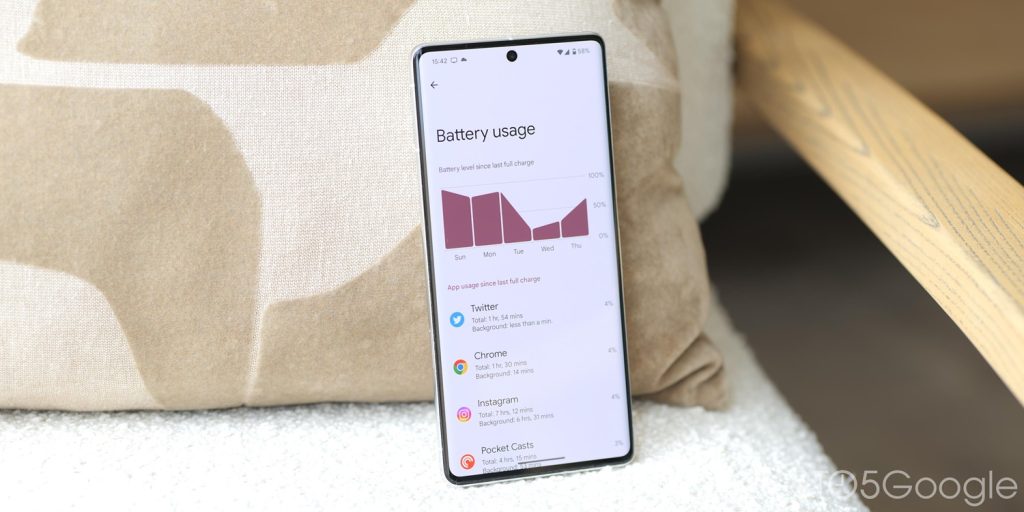
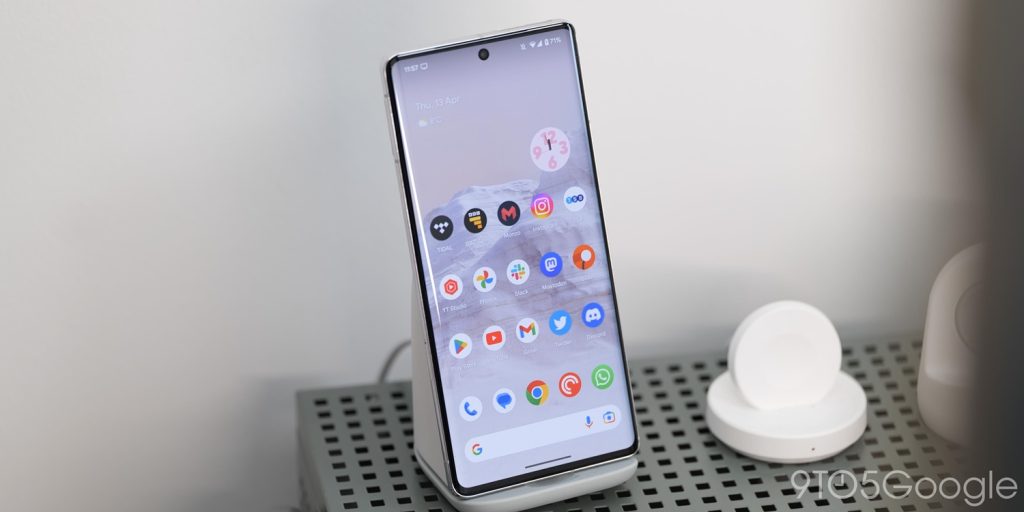
I wouldn’t quite claim that the Pixel 7 Pro has the best battery life on Android. Heck, that would be a lie when we start to factor in the Qualcomm Snapdragon 8 Gen 2 cohort, but it is an impressive all-day device for me even six months on.
It’s drastically better than the Pixel 6 Pro, which I found was acceptable in most cases, but sometimes needed a quick blast on the Pixel Stand before the end of a busy day to be considered “reliable.” The fact that the display is tuned to 1080p right out of the box probably helps improve the daily lifespan. Coincidentally, this has been added to the Pixel 6 Pro with the recent March Feature Drop.
My charging process has been to top up sporadically. I only charge to 100% capacity when I know I will be away from a wall outlet for a long period. Often I’ll just throw on the Pixel Stand for 30-40 minutes to get a bit more juice to just ensure I’m not hitting “Battery Saver Mode.” Even with this odd process, I don’t ever worry about my battery running out.
On a regular basis, I can get a couple of days from my Pixel 7 Pro if I start at 100%. My most used apps include Twitter, WhatsApp, Gmail, and Slack. This isn’t particularly taxing on any phone, but I tend to see the screen on time (SOT) above the eight-hour mark. I’m not too sure how you would fair gaming all-day, but I doubt that double-digit SOT will be common.
Because I charge during the day, it’s still an annoyance to have 23W peak speeds. Overnight chargers probably won’t care and the improved Adaptive Charging works even better in Android 13 and your phone just hovers at around 80% before hitting 100% just as your alarm goes off each day. That’s cool and all but a bump to 50W charging would be neat as waiting sometimes a couple of hours to fully charge the Google Pixel 7 Pro is starting to get tiring. Maybe with Pixel 8, we’ll get a bump.
Final thoughts

There are only a few minor downsides to the Google Pixel 7 Pro. One of those is the chipset. While the Qualcomm Snapdragon 8 Gen 2 would be welcome to provide a little bit of extra power. That said, the Tensor G2 processor provides 99.9% of the experience you would expect and the tuning helps keep things slick and smooth no matter the application or use case.
Even after removing recent bias, Google has struck a fine balance with the Pixel 7 Pro. Without messing around too much with the Pixel 6 Pro formula, the annoyances have been diminished and the package has more poise and prowess in a wider variety of areas.
Now for a bold claim. I think that the Pixel 7 Pro is the finest phone that Google has made to date. That means the full package. Camera, display, battery, software stack. I previously would have given that honor to the Pixel 4a, which leveraged “premium” functions but dropped the asking price. In some ways at $899 – or less now with discounts and rebates – the Pixel 7 Pro shoehorns itself into direct competition with $1,000+ devices like the Galaxy S23 Ultra and even Apple’s iPhone 14 Pro Max.
That’s a surefire way to help catapult Google up the sales charts. The Samsung-Apple monopoly is hard to break, and it’s a shame it has taken seven or so attempts for Google to try and seize the opportunity. If the Pixel 8 Pro can continue to build on the solid Pixel 7 Pro foundations in the long term, it’ll be one of the best phones you can buy. Until it hits store shelves, the Pixel 7 Pro some six months on remains one of the best on Android and more than worth a look.
FTC: We use income earning auto affiliate links. More.


Comments